Tokyo, Japan (CNN) Japan’s domestic car manufacturers have significantly upped their game on home turf — ensuring that the Tokyo Motor Show, held at Tokyo Big Sight, will be late autumn’s hottest auto spectacle.
In recent years, it has played off of Los Angeles on the event calendar, and lost, as the big global players have preferred the scale of the North American market. In 2014, for example, more than 7.9m cars were sold in the US, compared with 4.7m in Japan.
But this year, with 42 world debuts, Tokyo seems likely to beat L.A. for big hits — the cars and concepts that really get the public talking in the months and years to come. The American show, which will come a few weeks later, is unlikely to reach half that figure.
The reason for the shift is hard to quantify, but it could be down to the current push in technology, a subject that feels entirely natural against Tokyo’s neon-lit backdrop.
And, the fact that many Japanese brands sit at the heart of these developments, and their desire to hold back and allow German manufacturers to try to outdo each other at Frankfurt in September, have handed Tokyo its embarrassment of riches.
Here, we pick the top 5 trends to emerge from this year’s show:
Trend 1: Driverless cars
Hydrogen cars look set to beat fully autonomous vehicles to showrooms, but that hasn’t stopped manufacturers from ushering out cars that can drive themselves.
Nissan boss Carlos Ghosn dramatically used his smartphone to bring his company’s autonomous concept, the IDS, out onto the stage for its launch. Ghosn then promised that the first phase of the technology, which focuses on keeping the car in a lane and nudging it along the road in heavy traffic, will be fed into production cars in the next 12 months.
This gradual introduction of autonomy is becoming common practice among the big auto manufacturers, many of whom have the basic technology for cars to drive long distances by themselves, but are waiting for lawmakers to catch up.
Industry rebel Tesla is at the sharpest end of the trend, with its public beta of Autopilot on Model S cars. The more established names, Ghosn included, point towards 2020 as the year when we will be able to tell our car where to take us, and then sit back and enjoy the ride.
Trend 2: The rise of lounge-seating
Of course, once you accept that a car is going to drive itself, you no longer need a conventional cabin layout. The show is full of box-like vehicles that allow for what the industry is calling ‘lounge seating,’ or the ability for passengers to sit and interact on what looks like a regular living room sofa.
Mercedes’ Vision Tokyo is perhaps the best example, although the Nissan’s cabin can change between two configurations, depending on whether the driver or the car is in control.
Trend 3: Fuel cell vehicles
Fuel cell vehicles, or cars that mix compressed hydrogen (stored in fuel tanks, much like gasoline) and oxygen to produce electricity, reigned.
Mercedes and Lexus are both showing concepts powered by this technology, which emits no more than water from tailpipes.
Honda is one step ahead of them, debuting its production FCV Clarity, a five-door family fuel cell car that will be leased in modest numbers in Japan beginning in spring 2016. US and European sales will soon follow.
The benefits of fuel cell cars are considerable. They have all of the perks of electric vehicles, such as no tailpipe emissions, instant electric motor response and no combustion engine noise.
But, unlike an electric vehicle, where you have to wait for a long charge through a power socket, these cars can be refueled within a few minutes.
The major problem will be finding compatible gas stations for such technology, as they’re still relatively thin on the ground.
As with pure-electric cars, it looks like automakers are going to bring this environmentally friendly technology to the market before the infrastructure has been put in place to support it.
Trend 4: Mainstream sports cars
One of the event’s main attractions, is the debut of the Mazda RX-Vision. The vehicle is an ultra-svelte sports coupe designed to show how the firm intends to revive the famous RX-7 badge, and the unique rotary engine technology that goes along with it.
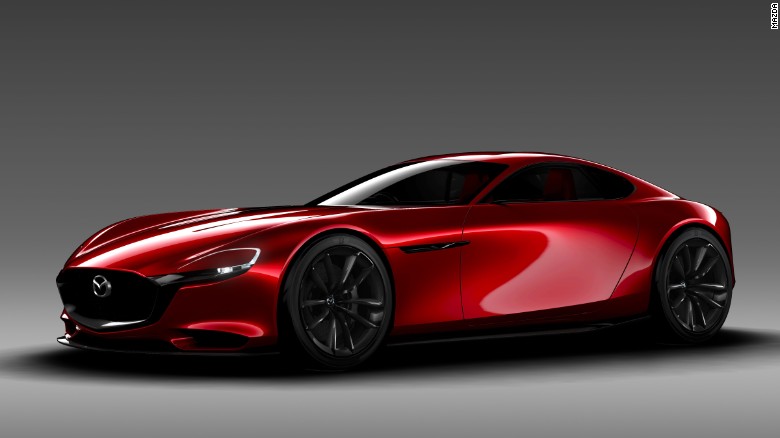
The mere announcement of the continuation of Mazda’s rotary sports car program was enough to bring the firm’s president Masamichi Kogai, to tears, during his presentation speech.
Fans of the RX-7, a great mainstream sports car first introduced in 1978, will also be rejoicing. But they’ll need to remain patient for a little while yet, as Mazda estimates it could be a further two years before the production version of the RX-Vision finally arrives.
Motorcycle brand Yamaha, on the other hand, offers the Sports Ride Concept. Its first foray into four-wheelers uses a novel manufacturing process from ex-F1 designer Gordon Murray, and utilizes hi-tech carbon fiber construction, which keeps it lightweight while allowing it to be powered by a 1.0-liter engine with just 100bhp.
It should be an interesting alternative to the RX-7, and both vehicles could give the everyday sports car market a badly needed shot in the arm.
Trend 5: Connected vehicles
Spending less time looking at the road ahead affords more opportunity to interact with the sort of communications that are threaded throughout our lives, and Tokyo has its fair share of cars designed to become connected hubs. Nissan’s Teatro for Dayz is a fine example, with no conventional controls, voice commands for most functions and a dashboard that can display everything from navigation data to personalized artwork.
Mix that sort of cabin environment with the lounge seating, a vehicle that can drive itself and one that runs on hydrogen and you could be looking at the car of 2025.
Tokyo Motor Show will run from October 29 to November 8.


























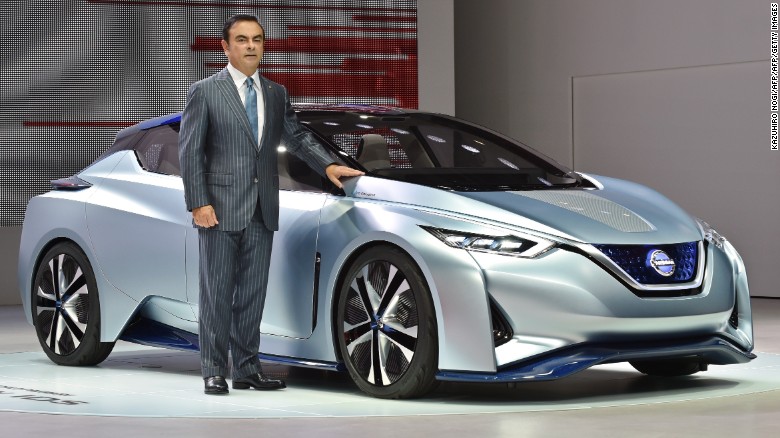
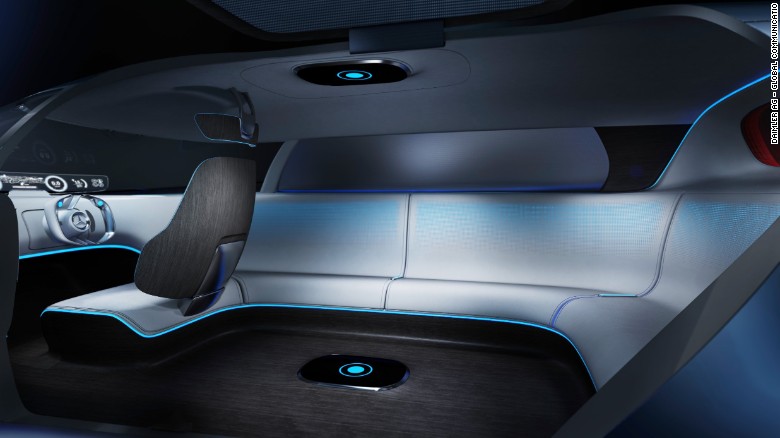
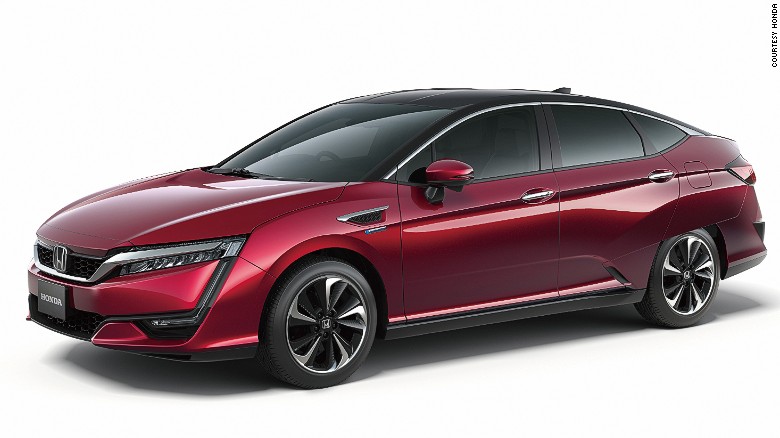
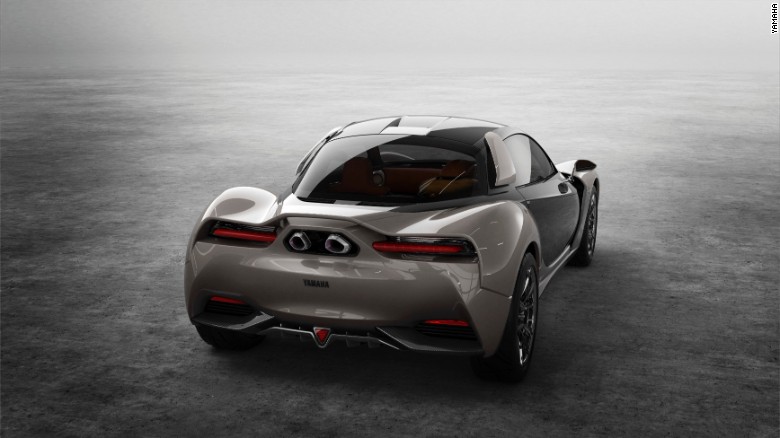
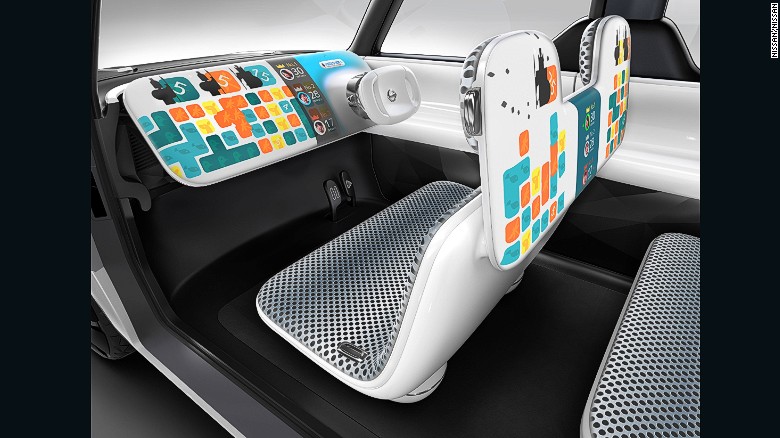



GIPHY App Key not set. Please check settings